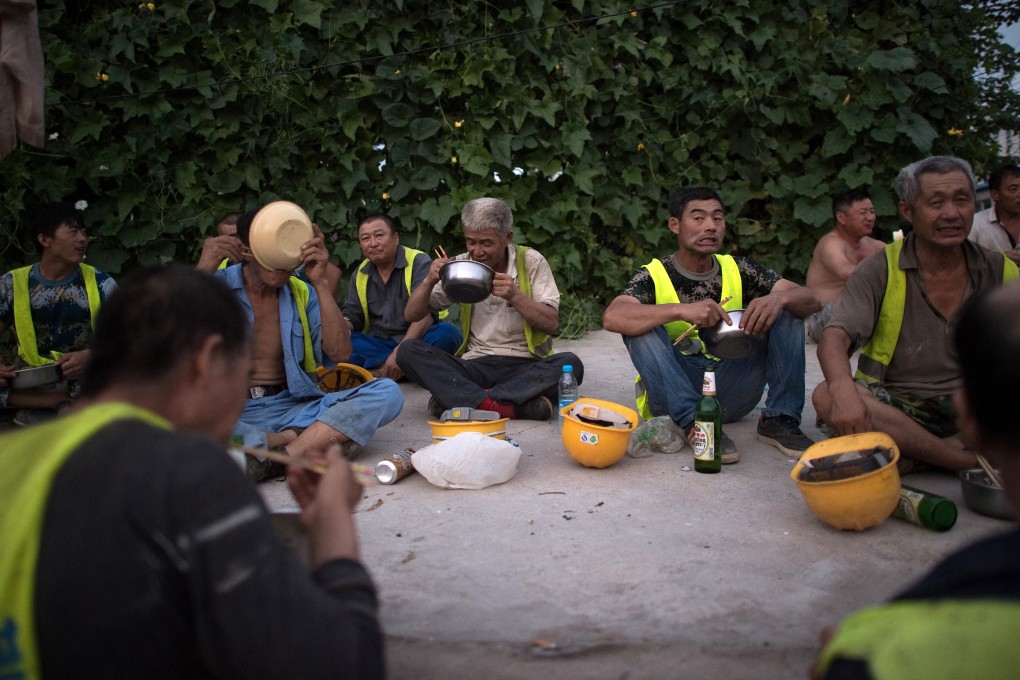China population census delay may be due to coronavirus impact on migrant workers, demographer says
- Coronavirus travel restrictions caused many migrant workers to remain in their rural hometowns, making them more difficult to count, demographer says
- This distortion may require more time to sort through and check

The coronavirus pandemic’s impact on the travel patterns of migrant workers – making it more difficult to count them – may have played a key role in Beijing’s decision to delay the release of its once-a-decade population census, according to a veteran demographer who has closely studied China’s previous census practises.
Every day since the first delay, netizens have posted a myriad of satirical comments on the official social media account of the National Bureau of Statistics (NBS), calling for it to release the data.
“I come here every day to check in on the census. I’ve never even been this diligent when it comes to running or taking medicine,” said one popular comment on Weibo, China’s version of Twitter.
Cai Yong, who has studied China’s demographics for years, said that while a lot of attention is being paid to China’s falling fertility rate, it is unlikely to be the biggest reason behind the delay.